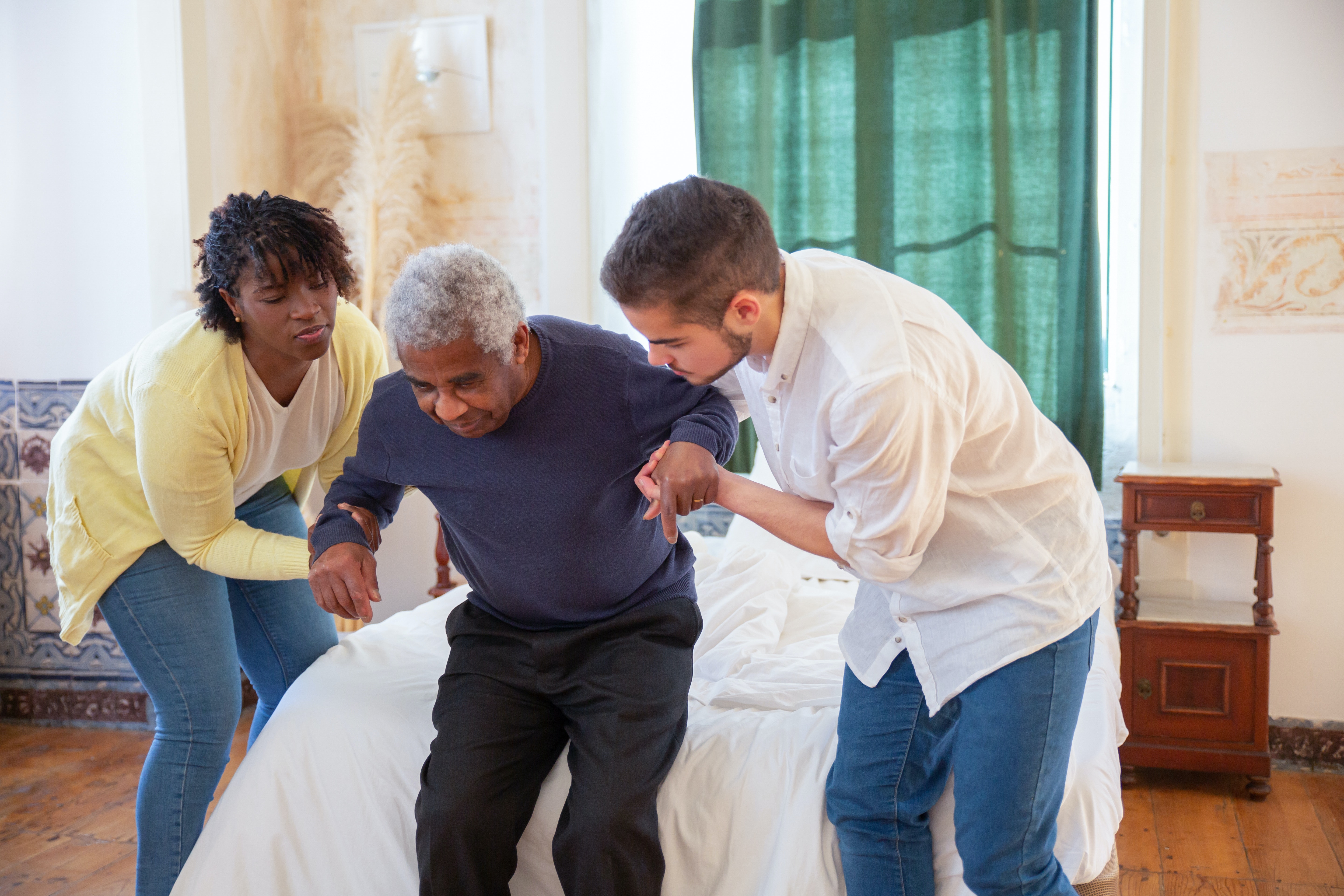If you’re reading this, you likely already know that artificial intelligence (AI) is leading the way in fall prevention in older adults. But do you know how and why it works so well compared to other products like sensor pads and call buttons?
Here at VST, we adhere to the three Ps—Predict, Prevent, Protect—when it comes to keeping patients and staff healthy and safe. Here’s why these benchmarks are important.
Predict
Remote monitoring sensors with AI capabilities within patient rooms, can predict movement and alert staff 30 to 60 seconds before the person exits their bed. Most devices currently being utilized like sensor pads, either send false alarms or notify the staff when it’s too late—the patient is either exiting the bed or has already fallen. When staff is inundated with false alarms, they experience fatigue and eventually alarms become white noise and get ignored.
Call buttons contribute to this “noise.” Patients either over-utilize the call button or don’t use it at all because they think they can get up on their own. With AI, patients don’t even have to think about it—help is there if and when they need it.
Prevent
Predictive analysis leads to prevention. For instance, VSTBalance can predict mobility and cognitive issues with older adults. It is an automated fall risk assessment tool using AI to objectively identify deficits in balance, gait, and function, which are the three leading indicators of fall risk. Once these issues are identified, VSTBalance then creates a customized plan for patients to help them strengthen the areas identified. This evaluation also allows patients to have more control of their recovery, thus helping them be more independent.
Protect
Now, more than ever, AI is keeping patients and staff safer than other fall prevention tools, as well as saving time and resources. Floor nurses don’t have to waste time and valuable PPE checking in on each patient’s room at night. VSTOne monitors patients’ vitals like heart rate and respiration, temperature, and SpO2 in real time, and VSTAlert will notify staff if a patient intends to leave their bed. Nurses can track these vitals, receiving configurable alerts when changes are detected—all from their smartphone.
AI is leading the way in fall prevention and over-all patient care saving hospitals time, money, and resources. VST products provide the full spectrum of patient care including prediction, prevention, and protection.


